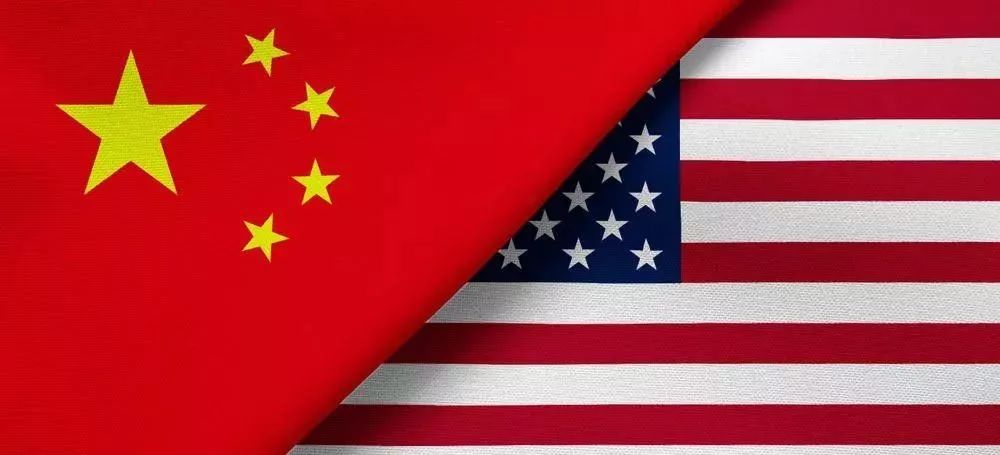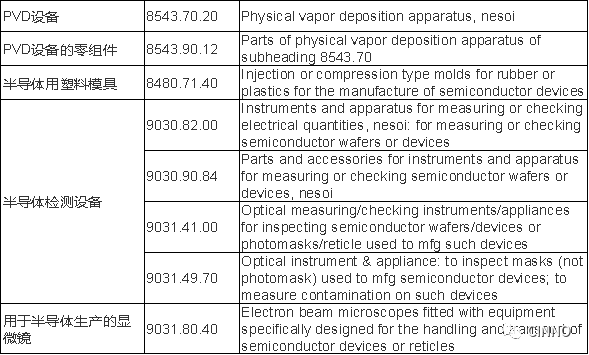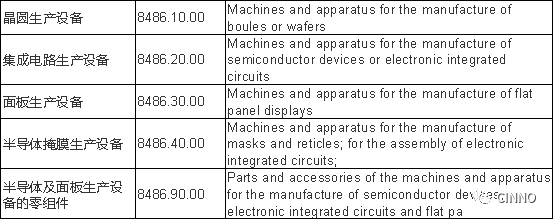On June 15th, local time in the United States, the Office of the US Trade Representative announced a tax list for China, which would impose a 25% tariff on approximately 50 billion US dollars of goods imported from China. In response, a spokesperson for the Chinese Ministry of Foreign Affairs said that taxation measures of the same scale and strength will be issued immediately, and all economic and trade achievements previously negotiated by the two sides will be invalidated at the same time. In the future, the United States will also introduce specific investment restrictions on June 30, and strengthen exit control for Chinese individuals and enterprises related to high-tech mergers and acquisitions. 1. On the whole, the taxation list focuses on the following fields: aerospace, information and communication technology, robots, industrial machinery, new materials and automobiles. The list does not include products that American consumers buy every day, such as mobile phones and televisions, and security equipment is not included. 2. The tax list consists of two sets of tax bills. The first set of lists has been cut down on the basis of the list of recommendations issued on April 6. The suggested list has a total of 1,333 lines, with 818 lines actually landing. A total of 34 billion US dollars of imported goods are covered. This list will begin to impose an additional 25% tariff on July 6, 2018. The main affected sectors are: LED, PCB, laser equipment, semiconductor equipment, passive components, discrete devices, etc. Based on the results obtained from the exchanges with listed companies and the verification of the industrial chain, it can be judged that the list has little impact on the above-mentioned fields. The second set of lists was prepared by the "301" committee and disclosed for the first time, mainly for "Made in China 2025", with a total of 284 items plus taxes, covering 16 billion US dollars of imported goods. Follow-up needs to be reviewed through an open process (such as a hearing, etc.) before it will be executed. The main influence plates are semiconductor and panel production equipment, integrated circuits, discrete devices, etc. 3. Detailed explanation of tax increase items: (1) List 1: After confirmation, the final version deletes the TV set plus tax in the proposed draft, but other electronic related items are still in the list. LED: The main impact of this tariff list is the upstream chip and backlight of LED. While domestic LED chip manufacturers do not have a large proportion of exports to the United States, Sanan Optoelectronics ’exports to the United States are between 2-3%, while the other two, Huacan Optoelectronics and Aoyang Shunchang ’s exports to the U.S. Very little. At the same time, according to the statistics of LEDINSIDE, the three major LED projects related to this taxation in 2017 accounted for only 5% of the industry's export output value, and the proportion of total exports to the United States was even lower, only 46 million US dollars. In the LED industry chain, the largest export value to the US is actually downstream application products, such as lighting products 94054090, 94051000, etc., but this time they are not within the scope of the tax increase. At the same time, it is worth noting that the final version of the tariff list deletes the TV tax items in the proposed draft, such as 85284925, 85287262 and so on. However, the other main downstream LCD of the panel is still within the tax range (90138070). Panel: This tariff list does not directly tax the panel. PCB: The tax increase in the PCB field is mainly aimed at the TV PCB and production equipment. However, the proportion of domestic PCB manufacturers exporting to the United States is relatively low. For example, Shenghong Technology has less than 1% revenue from the United States. Overall, the impact is not significant. In addition, there are more items in the tariff list for PCA, namely SMT industry. As PCA is the direct downstream industry of PCB, such as medical equipment, voltage regulator, TV, test equipment and other areas of the PCA export business is affected, it will also affect the performance of PCB, passive components and other companies to a certain extent. Semiconductor equipment: The taxation items in List 1 are mainly PVD equipment and testing equipment, and many items are not included in the tax increase, but List 2 has been supplemented Laser equipment: List 1 will levy taxes on laser equipment that produces printed circuits and processes metals. (It is understood that the proportion of Han's laser exports to the United States is about 1%. The impact of this trade war on it is minimal. Passive components: This tariff list contains multiple items related to capacitors and resistors in passive components. At present, leading passive component manufacturers, such as Aihua Group, Farah Electronics, and Jianghai Co., Ltd., all export to the United States are less than 10%. There will be some impact in the short term, but it is relatively controllable. Discrete devices: There are many items related to discrete devices in this tariff list. Among the leading domestic discrete devices, Jiejie Microelectronics and Silanwei have less than 1% of their exports to the US; Yangjie Technology also has less than 20% of its exports to the US. So the impact is limited. (2) List 2: Mainly added taxes in the fields of integrated circuits, fiber optic cables, electric vehicles and components, instruments, petrochemicals, etc. Specific to the electronics industry are: Integrated circuits: List 1 does not cover integrated circuit products. The tariff list II has included it in the scope of taxation. But on the whole, the export proportion of domestic integrated circuit design companies is low, and the 25% tariff policy has little effect on it. Semiconductor and panel production equipment: This second list supplements the taxation items in list one, including semiconductor and panel production equipment and its components. Some discrete device products in List 1 are not included in the taxation scope, and List 2 has been supplemented this time. But as analyzed above, the impact is also limited. 4. Market outlook judgment On the whole, the trade war tax increase has limited impact on the electronic sector, and mobile phone terminals and security sectors are not affected during the trade war. As the boots on the tariff list land, relevant sectors suppressed by market sentiment are expected to usher in a strong rebound. At the same time, it is necessary to make a judgment on the follow-up trend of the trade war at this time. Although China has introduced countermeasures, the United States may expand the scope of taxation. However, the domestic consumer electronics industry chain, especially the Apple industry chain, is in the middle of the value smile curve of the entire industry chain. Although the trade surplus is huge, in the entire production process, it only earns production and processing fees; and Apple and other industries Chain upstream companies, such as Intel and TI, are located at both ends of the smile curve and are the beneficiaries of the global trade division. For example, the US government intends to levy taxes to promote the production and processing links of the Apple industry chain to return to the United States. Then the sales cost of Apple's mobile phones will be greatly increased. On the one hand, it will affect the profitability of Apple and upstream companies in the industry chain. On the other hand, it will be passed on to consumers, which will increase the price of mobile phones, thereby affecting the sales of Apple mobile phones. At the same time, the US labor cost is much higher than China. If the Trump administration promotes Foxconn to set up factories in the United States, the cost of labor alone will increase the manufacturing cost of an Apple mobile phone by 37%, so the possibility of the plan landing in the short term is not high. As for the security sector, although the US House of Representatives passed the draft version of its annual national defense bill NDAA on May 24, and proposed in the supplementary proposal to prohibit the US government from purchasing Hikvision and Dahua shares of video surveillance equipment. However, between China and the United States, the trade surplus of the security sector is not large, and security is not the core construction direction of "Made in China 2025", so the possibility of subsequent tax increases is also small. Shenzhen Xcool Vapor Technology Co.,Ltd , https://www.szxcoolvape.com








